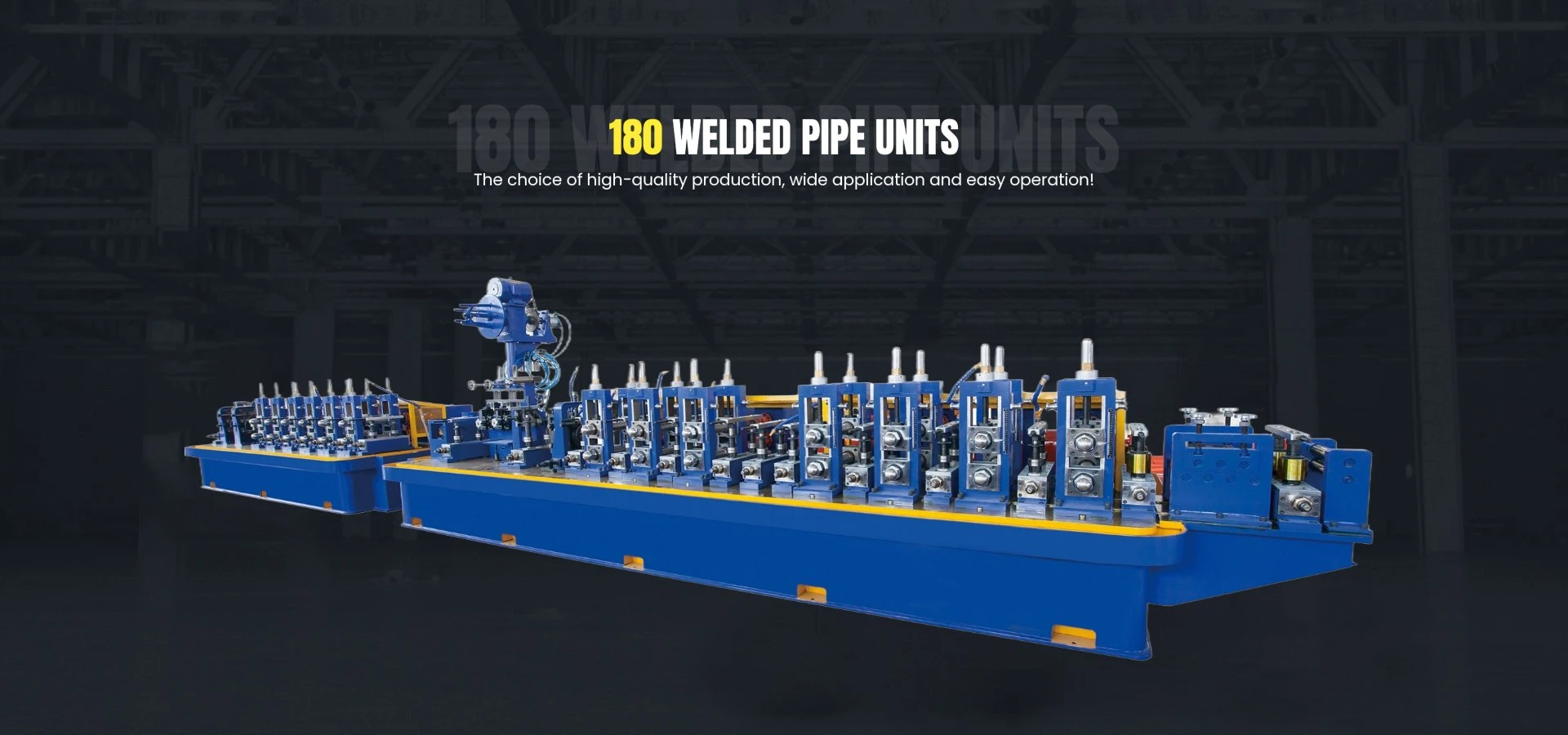Exploring the Innovations in Rolling Mill Technology and Their Industrial Applications
The Rolling Mill A Cornerstone of Metalworking
A rolling mill is a crucial industrial plant where metal is processed to change its shape and size through the application of pressure. This process is fundamental to the metalworking industry, affecting various sectors ranging from construction to automotive, and even aerospace. Rolling mills have evolved significantly over the years, becoming more efficient and versatile, serving as a cornerstone for modern metal fabrication.
History and Evolution
The concept of rolling metal is not new; it dates back to ancient civilizations where metals were hammered into shape. However, the invention of the rolling mill emerged during the late Middle Ages in Europe. This technology allowed for the mass production of metal sheets and bars, significantly reducing labor costs and time. The early rolling mills relied heavily on water power, and over time, the introduction of steam power and later electric-driven mills revolutionized the industry. Today, rolling mills utilize advanced technologies and automation, enhancing precision and efficiency.
Types of Rolling Mills
Rolling mills can be classified into several types based on their configuration and the materials they process. The two primary types are
1. Hot Rolling Mills These mills operate at high temperatures, which allow metals to be shaped and formed more easily. The heating process reduces the yield strength of the metal, enabling it to be rolled into thinner sections without cracking. Hot rolling is commonly used for producing large sections such as beams, rails, and plates.
2. Cold Rolling Mills In contrast, cold rolling occurs at or near room temperature. This process increases the strength and hardness of the metal while providing superior surface finishes. Cold rolling is often employed for applications where precise dimensions and surface quality are critical, such as in automotive body panels and appliances.
The Rolling Process
a rolling mill

The rolling process involves a series of steps to transform raw metal into finished products. Initially, the metal (usually in the form of slabs, blooms, or billets) is heated in a furnace. It is then fed into the rolling mill, where it passes through pairs of rolls that apply immense pressure to flatten and elongate the material. The spacing between the rolls can be adjusted to control the thickness of the output. As the metal passes through the rolls, it is also subjected to deformation, which aligns the grain structure, enhancing the material's mechanical properties.
The process continues as the rolled metal is cooled and cut into desired lengths. Depending on the specifications, further processes like annealing, pickling, or surface treatment may follow to enhance the material's characteristics.
Applications of Rolled Products
Rolled products have a vast range of applications across various industries. In the construction sector, rolled steel is utilized for beams, columns, and reinforcement bars, providing structural support and stability. The automotive industry relies on rolled sheets for manufacturing body panels, frames, and engine components, emphasizing the importance of strength and weight reduction.
In aerospace, the aerospace industry employs rolled aluminum and titanium for creating lightweight structures that can withstand harsh conditions. Additionally, rolled products are essential in creating components for pipelines, shipbuilding, and machinery, illustrating their critical role in modern engineering and manufacturing.
Environmental Considerations
While rolling mills contribute significantly to industrial production, they also pose environmental challenges. The energy-intensive nature of the process and the generation of waste products necessitate ongoing efforts to improve sustainability. Many modern mills are integrating energy-efficient technologies, waste recycling systems, and emissions control measures to minimize their ecological footprint.
Conclusion
The rolling mill stands as a testament to human ingenuity in the realm of metallurgy. As technology continues to advance, the potential for rolling mills to contribute to a more sustainable future expands. Ongoing innovations will likely enhance their efficiency, precision, and environmental stewardship, ensuring that rolling mills remain a vital component of the global manufacturing landscape for years to come. As industries evolve and new materials emerge, the rolling mill's role in shaping the world we live in will undoubtedly persist, adapting to meet the challenges and demands of the future.
-
High Frequency Straight Seam Welded Pipe Production Line-BzZhou Xinghua Machinery Equipment Manufacturing Co., LTD.|line pipe steel&welded gas pipeNewsJul.30,2025
-
High Frequency Straight Seam Welded Pipe Production Line-BzZhou Xinghua Machinery Equipment Manufacturing Co., LTD.|High Precision&Automated SolutionsNewsJul.30,2025
-
High Frequency Straight Seam Welded Pipe Production Line - BzZhou Xinghua Machinery Equipment Manufacturing Co., Ltd.NewsJul.30,2025
-
High Frequency Straight Seam Welded Pipe Production Line-BzZhou Xinghua Machinery Equipment Manufacturing Co., LTD.|Precision Welding, High EfficiencyNewsJul.30,2025
-
High Frequency Straight Seam Welded Pipe Production Line|BzZhou Xinghua|Precision Welding&EfficiencyNewsJul.30,2025
-
High Frequency Straight Seam Welded Pipe Production Line - BzZhou Xinghua|Precision Engineering&EfficiencyNewsJul.30,2025


